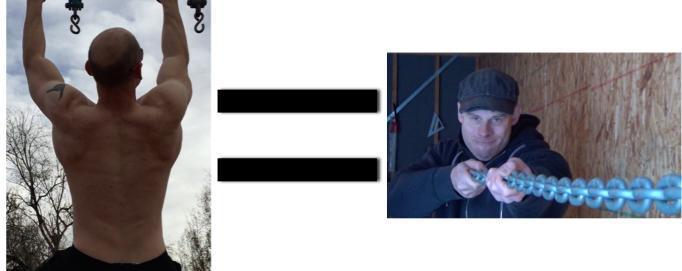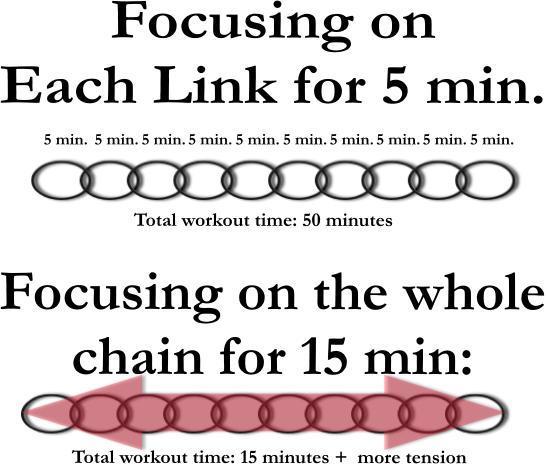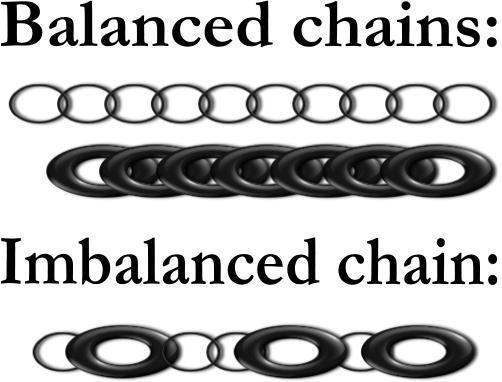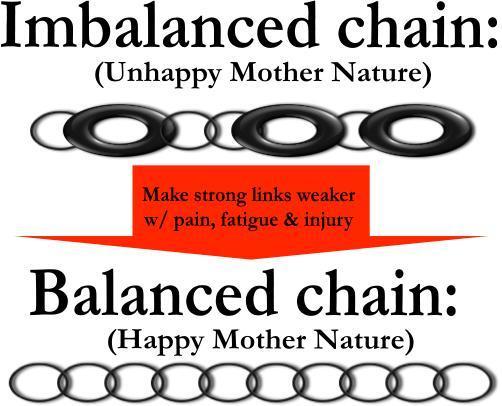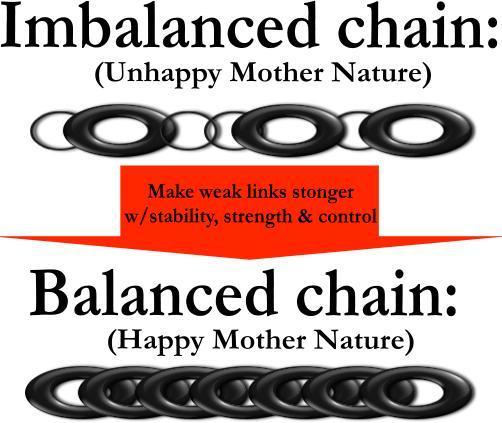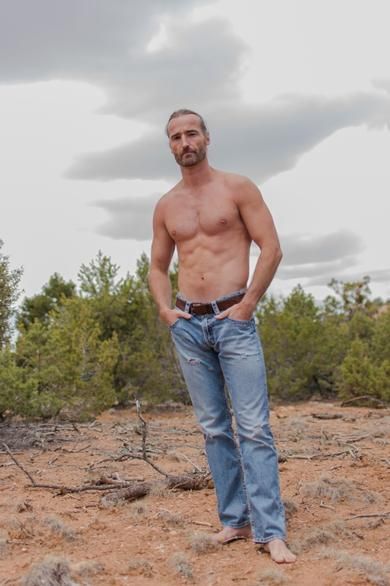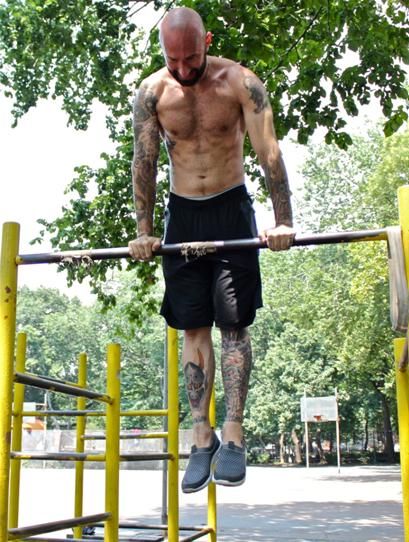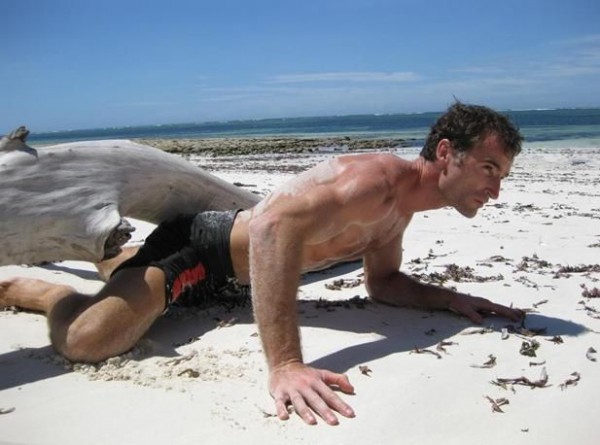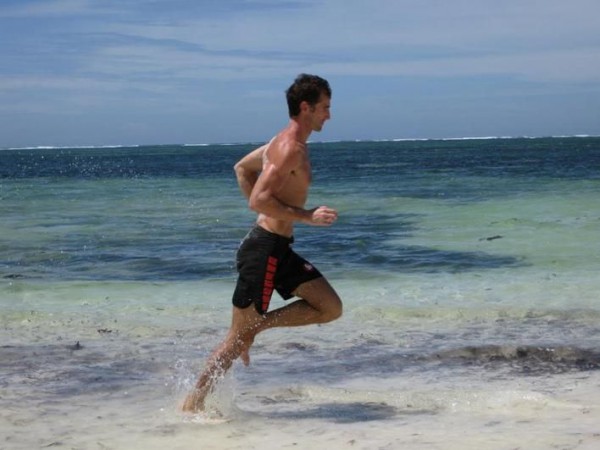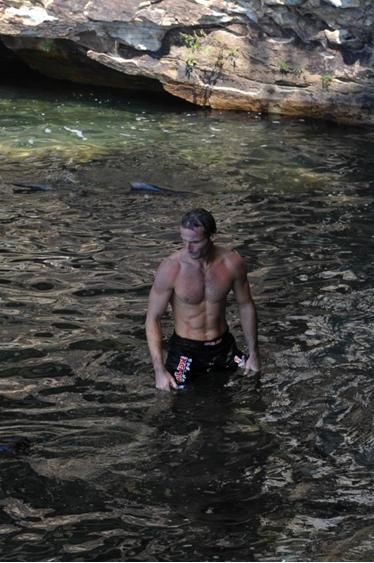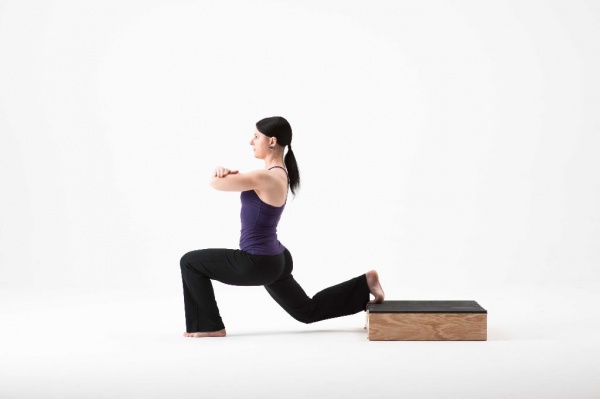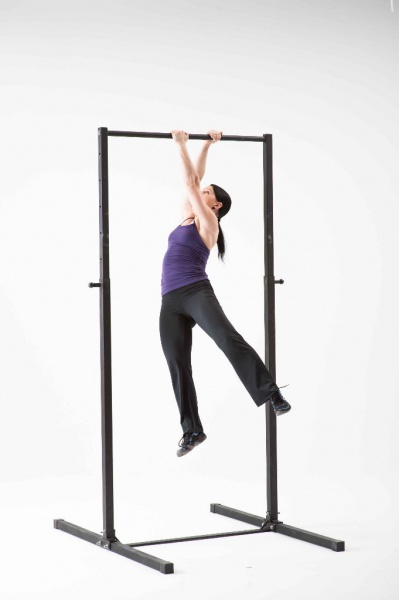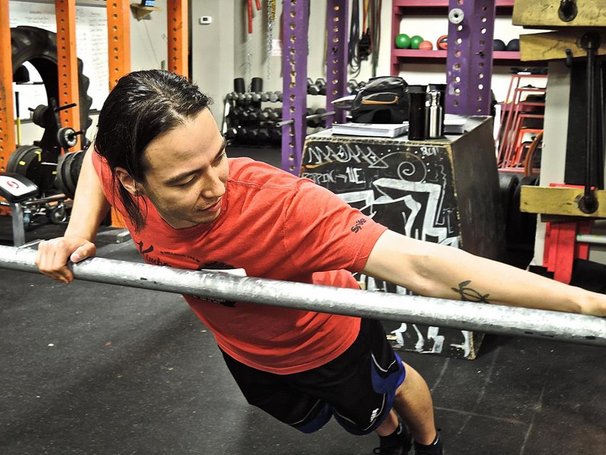
Yup. My friend sat on my thumb.
We’ve all been injured at some point, and most of us are familiar with how it can derail our training. In response to the sprain I suffered, I had to decrease the size of my training repertoire and remove everything that required an opposable thumb.
Those who’ve had the dubious privilege of seeing me train know that my workouts consist largely of picking things up and putting them down with the help of said opposable thumb.
Switching gears was tough for me, especially since my training was going so well at the time. In fact, I was in the middle of the best training year of my life. It was tough for me to believe that an adjusted and, in my mind, adulterated training program could provide the same level of benefit. It was even tougher for me to be cool with doing only the following types of movements:
Squat variations, push-up variations, and pull-up variations (with thumb-less grip).
First, a confession…
I didn’t put my heart and soul into the planning of this thumb-less program. Looking back, I could have made some different choices and put together a more comprehensive regimen. Instead, I just looked at which exercises I felt I could do without risk of further injury and hoped that I wouldn’t lose much ground from my last several phases of training. Unconvinced that these bodyweight-only movements were going to successfully maintain my hard work, however, I was prepared to lose some strength.
That said, I didn’t just throw in the towel and half-ass my training. I pulled out my PCC manual.
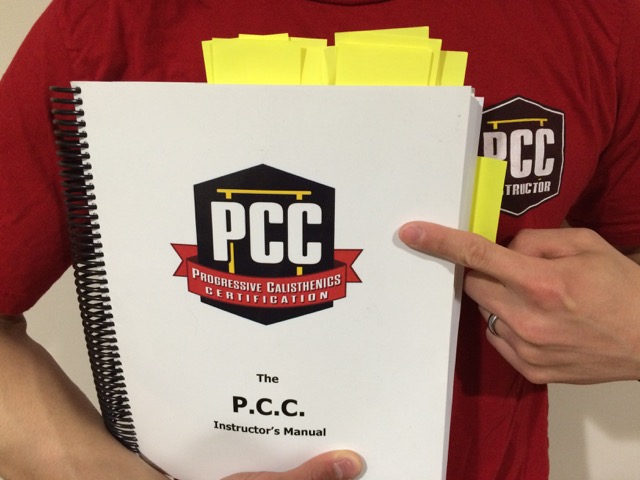
I chose the hardest variations of each movement that I could manage for a handful of quality reps, backing those up with variations I could do for a moderate-to-high number of reps. In essence, this was an attempt to mimic what I had already been doing in successful programs rather than suddenly switching gears or starting all over.
As I explored the variations available to me I took advantage of the leverage concepts from the PCC Certification. This allowed me to transform movements that I could do for 0-2 reps into movements I could do for 4-6 reps, movements I could do for 25+ reps into movements I could only do for 15-20 reps, and so forth. These variations or “hidden steps” allowed me to tailor the movements to my abilities and to use that as a platform for continued growth.
During the “strength” oriented movements (I used multiple sets in the 4-6 rep range) I noted a marked increase in full-body tension/contraction/stabilization. What does that mean? It means that during one-arm push-up variations, I found abs of steel, quads of quartz, and rotator cuffs of coordinated reactive stabilization. It means I found and minimized imbalances between my ability to stabilize my left lateral chain and my right. It means I got strong. Really strong. Way stronger than I’d thought I possibly could with a busted thumb.
During the more endurance oriented movements (I used multiple sets in the 12+ rep range and in the 20+ rep range) I found minor but important losses in active stabilization. What does that mean? It means I found and was able to close gaps in endurance that caused subtle lumbar extension (low-back sag), thoracic flexion (upper-back rounding), and cervical flexion/capital extension (chin jutting). The higher reps gave me the opportunity to lock down my form during my sets, making my positions and joints healthier and stronger, thereby making me more bulletproof.
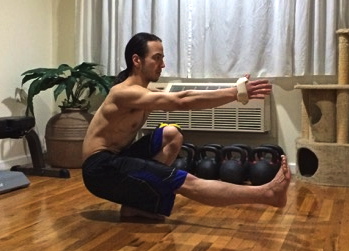
Overall, this has proven to be one of, if not the most successful training phases I’ve ever enjoyed. From the experience I’m taking improved strength, endurance, and ability to create balanced tension through my body, but the lessons I learned go beyond the physical changes.
I didn’t expect that using calisthenics alone could be brutally hard yet readily adjustable to my current capabilities. As a modern fitness culture we are so accustomed to adjusting loads rather than body positions, and to measuring success in pounds and kilos. What I learned during the calisthenics-only phases of my training has expanded my understanding not just of bodyweight movements, but all movement, and will impact how I train both myself and my clients.
Perhaps the most important thing I’m taking with me is that limitations can often free our creativity and expand our horizons. Injuries are going to happen. It’s what we do in response that determines our long-term success.
***
Eric Bergmann is a New York City based strength coach, movement specialist, and proud member of the PCC family. He co-owns Bergmann Fitness—a boutique training and nutrition service—with his wife, Beth. You can find out more about them at bergmannfitness.com
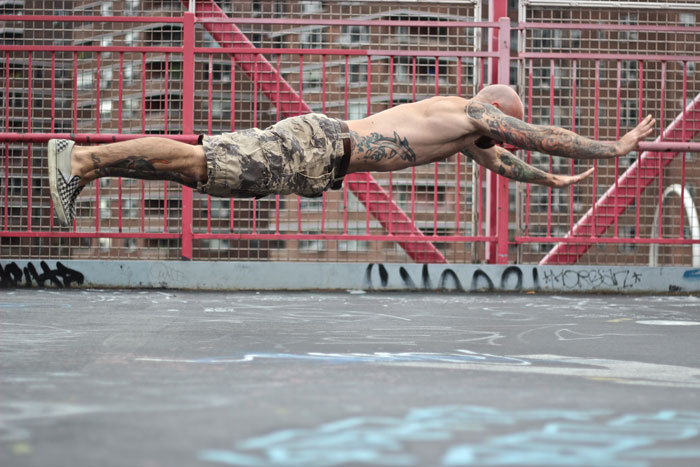
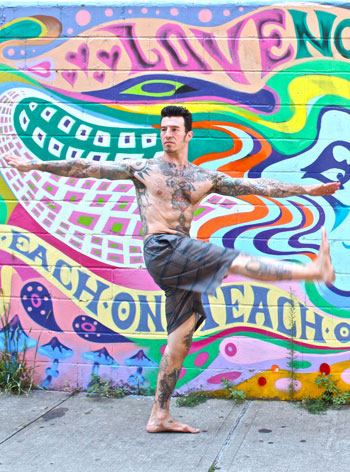
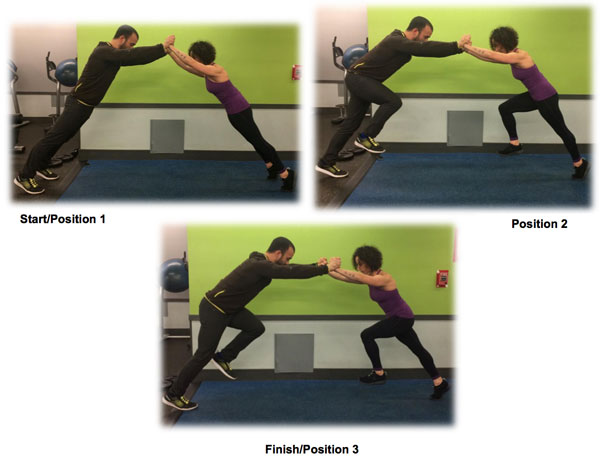

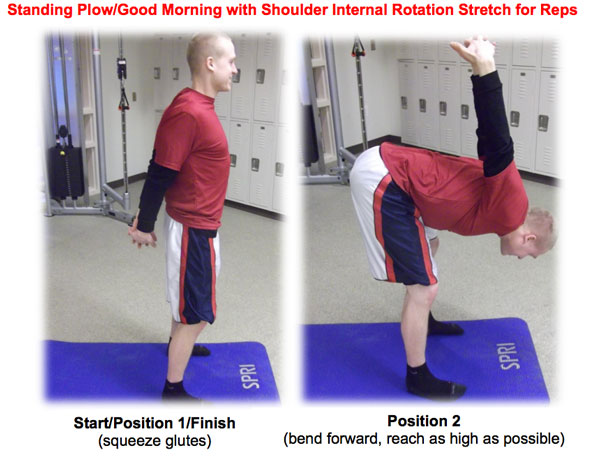
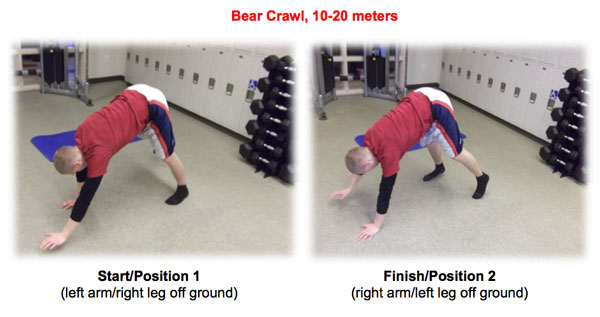
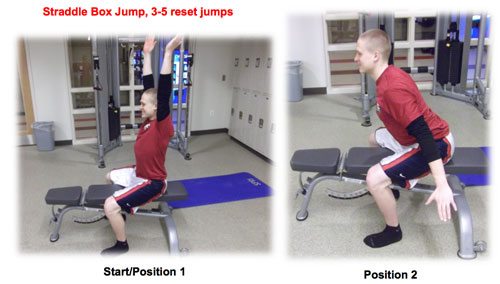
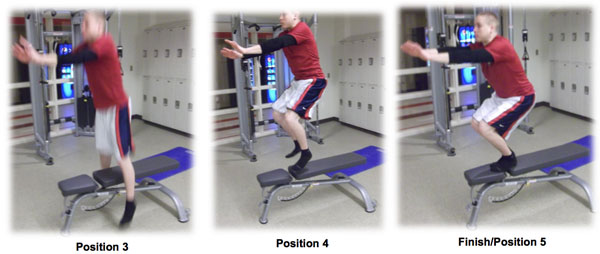
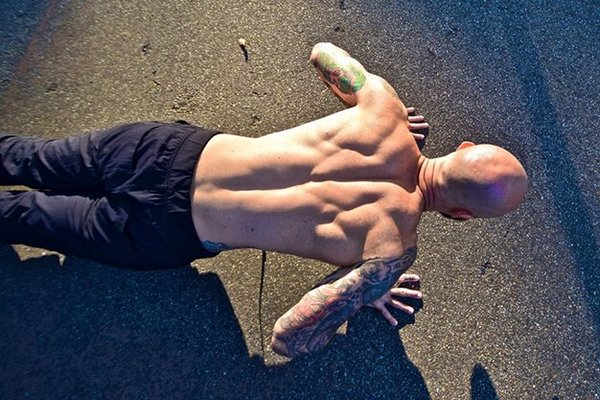
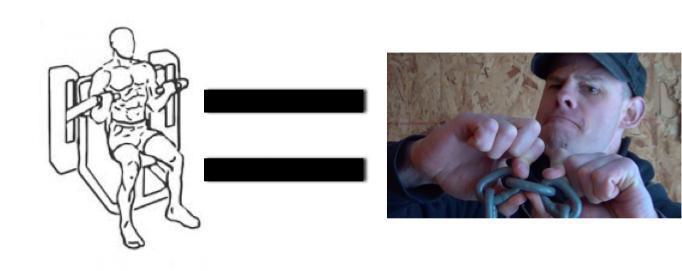 As you can imagine, this approach has some serious disadvantages. While it is possible to emphasize a few choice links, the amount of actual workload you can place on those links is very limited. Compare this with pulling on the whole chain with your entire body, and placing far more total tension on each link.
As you can imagine, this approach has some serious disadvantages. While it is possible to emphasize a few choice links, the amount of actual workload you can place on those links is very limited. Compare this with pulling on the whole chain with your entire body, and placing far more total tension on each link.